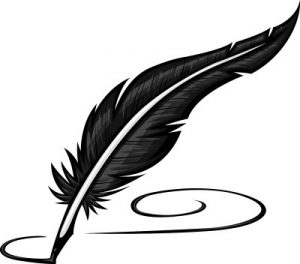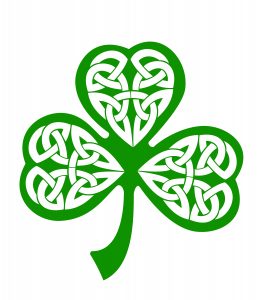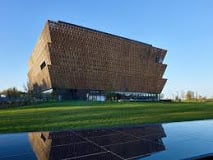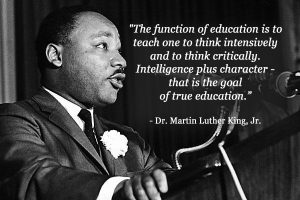

Winners of the Poetry Slam were: 1st Prize Diego Paredes, 2nd Place Moses Harvey, 3rd Place Alan Reyes, and 4th Place Ruben Gomez.
Congratulations to all the winners and participants! A special thank you to the SUHI judges: Ellen Schreier, Martha Juarez, Ashley Fysh, Krista Burnett, and Jennifer Kendricks, from Follett School Solutions. You ladies rock! Mrs. Brown
——————————————————————————————————————————–
At SUHI we are going to have our first Annual Poetry Slam. It will be held on Thursday, April 13th after school in the Library and students must enter in advance to participate. You might ask what is a Poetry Slam? Here goes…it is another type of competition. Contestants in a Poetry Slam each have three minutes to read a poem of their own creation. Judges award points both for the poem and the recitation, and audiences are encouraged to respond with cheers or boos to the poem, the poet, or the score awarded by the judges. A National Poetry Slam is held in the United States annually. Poetry Slams also take place in Australia, Canada, India, Nigeria, the United Kingdom, and many other countries of the world.
Hope to see you at the Poetry Slam! There will be a few prizes for the winners and lots of fun and school spirit!
According to World Book Poetry is a type of literature. It involves using language in a way that is different from everyday speech. Throughout history, poetry has been used for many purposes. People have used poetry in religious rituals, to praise and celebrate remarkable individuals, and to express intense emotions, from love to rage. Various social groups have also used poetry to record events and stories containing lessons that are important for the group to remember and pass down from generation to generation.
Click this link to read more about Poetry and types of Poems.
Don’t forget to check out Poetry from our Library’s Collection. We have great books of Poetry to inspire us to read more!
Maya Angelou, Emily Dickinson, Langston Hughes, Madelene L’Engle, Jacqueline Woodson, William Shakespeare, Robert Frost, Walt Whitman, and many more.
Happy Reading! 
Mrs. Brown
Teacher Librarian SUHI

 According to World Book Online…
According to World Book Online…



 . Check out this link:
. Check out this link: 


